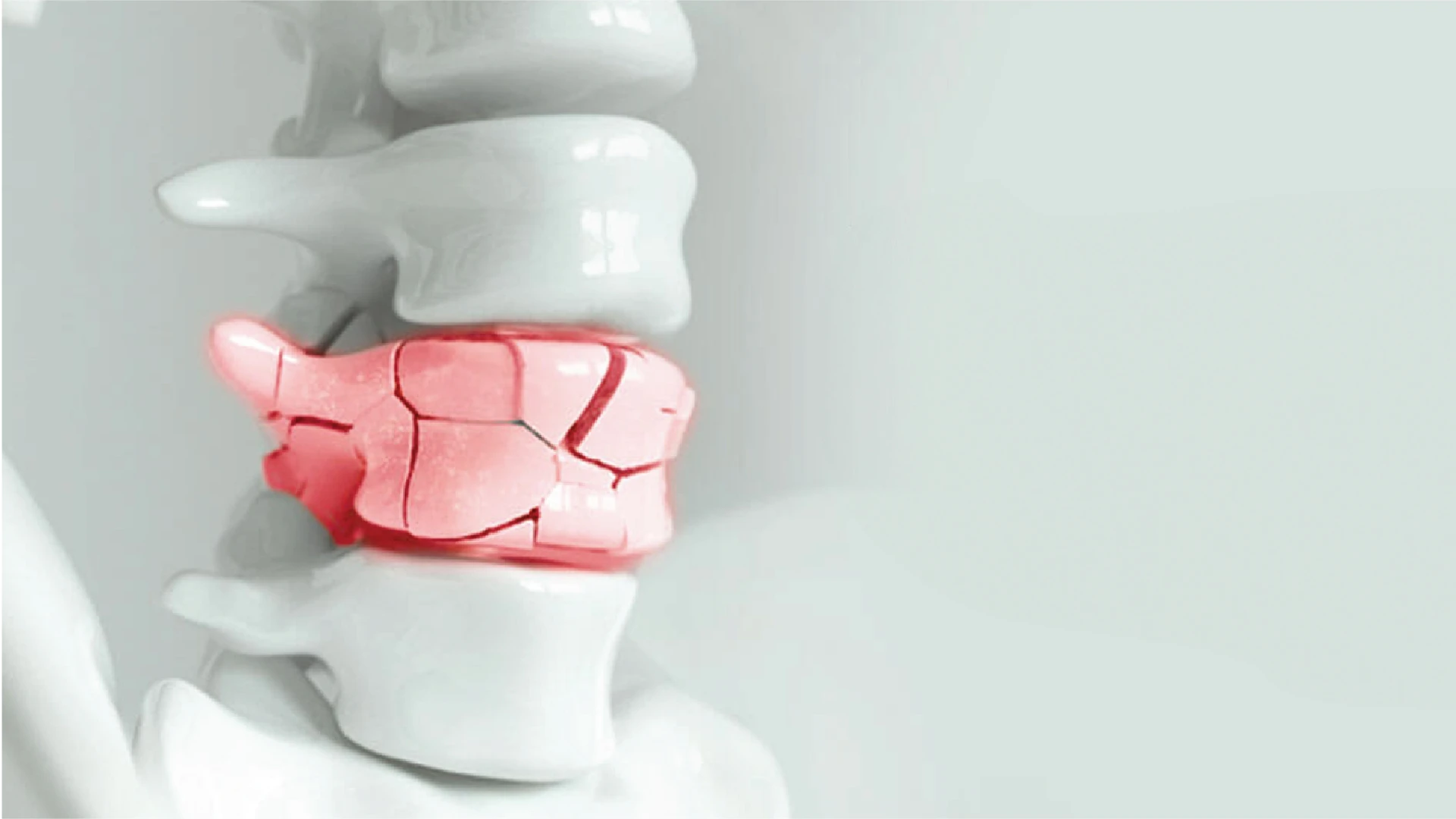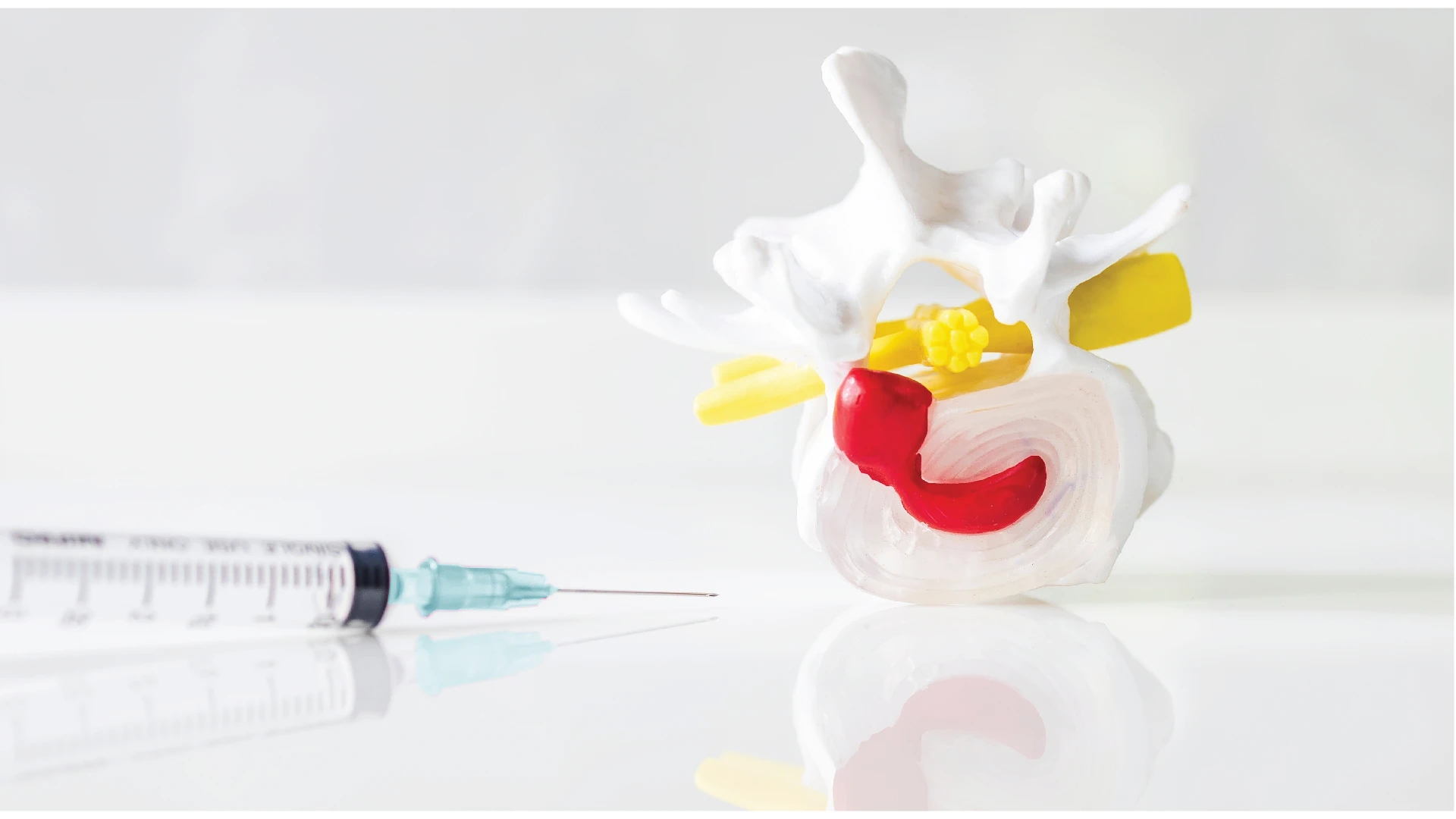ท่านอน ลดอาการปวดหลัง
หลายท่านคงเคย ปวดหลัง เวลาตื่นนอนตอนเช้า อาการปวดอาจจะไม่รุนแรงอะไรมากนัก แต่ก็ทำให้นอนหลับต่ออย่างไม่สบายตัว หรือนอนต่อไม่ลง เมื่อลุกจากที่นอนไปเข้าห้องน้ำ ใช้เวลาประมาณ 4-5 นาที อาการปวดก็จะหายสนิทไปเองจนเป็นปกติ
สรุปก็คือ ปวดเวลาเดียวคือ ตอนตื่นนอนเท่านั้น และเวลาอื่นไม่มีอาการปวดหรืออาการใดๆ ทั้งสิ้น และปวดเฉพาะด้านหลังเพียงอย่างเดียว ปวดหลังทั้งแผ่น อะไรทำนองนี้
พฤติกรรมการทำงานที่เสี่ยงอาการปวดหลัง
-
ทำงานที่ต้องนั่งอยู่แต่หน้าคอมตลอดวัน
-
ชอบนอนหงาย เวลาตื่นนอนก็จะอยู่ในท่านอนหงาย
-
เป็นคนไม่ค่อยออกกำลังกาย ถ้าออกกำลังกายก็จะเป็นแบบ เดินเร็ว หรือไม่ก็ เล่นเครื่องเล่นที่สวนสาธารณะ
-
ก่อนนอนก็จะนั่งเล่นคอม ดูทีวี แต่กลับนั่งกับพื้น ไม่ได้มีชุดโต๊ะคอมพิเตอร์อะไร เพราะเล่นกับโน๊ตบุ๊ค
-
ที่นอนก็ไม่เเข็งหรือนุ่มเกินไป

วิธีปรับท่านอนลดอาการปวดหลัง
![]() 🔵 นอนตะแคง แนะนำให้นอนตะแคง เพราะเป็นท่าที่กระดูกสันหลังอยู่ในลักษณะโค้งอย่างเหมาะสม และควรจะนอนตะแคงแบบงอเข่าเล็กน้อย พร้อมกับหนุนหมอนที่ระหว่างขาทั้ง 2 ข้าง เพื่อให้สะโพกอยู่ในระนาบเดียวกันกับกระดูกสันหลัง ไม่เกิดการคดงอที่ผิดไปจากปกติและทำให้นอนหลับสนิทมากขึ้น
🔵 นอนตะแคง แนะนำให้นอนตะแคง เพราะเป็นท่าที่กระดูกสันหลังอยู่ในลักษณะโค้งอย่างเหมาะสม และควรจะนอนตะแคงแบบงอเข่าเล็กน้อย พร้อมกับหนุนหมอนที่ระหว่างขาทั้ง 2 ข้าง เพื่อให้สะโพกอยู่ในระนาบเดียวกันกับกระดูกสันหลัง ไม่เกิดการคดงอที่ผิดไปจากปกติและทำให้นอนหลับสนิทมากขึ้น
🔵 นอนตะแคงเอาแขนแนบลำตัว ท่านอนนี้เป็นท่าที่ดีต่อกระดูกสันหลังมากที่สุด เพราะจะทำให้ร่างกายอยู่ในท่าทางที่เป็นธรรมชาติ ช่วยลดอาการปวดหลังและปวดคอได้ในคราวเดียวกัน รวมไปถึงช่วยลดปัญหานอนกรนด้วย แต่หากนอนทับแขนนาน ๆ อาจได้รับผลกระทบเป็นอาการปวดไหล่และแขนได้ ดังนั้นอาจเลี่ยงโดยการเปลี่ยนท่านอนเป็นพัก ๆ
🔵 ท่านอนตะแคงขวางอเข่า ท่านอนตะแคงขวาเป็นท่านอนที่ดี ช่วยบรรเทาอาการปวดหลังได้ โดยเฉพาะหากนอนงอเข่าข้างหนึ่งโดยมีหมอนข้างกอดไว้ หรือจะงอเข่าทั้งสองข้างจะทำให้ช่วยบรรเทาอาการปวดหลังได้มากขึ้น
ท่านใดที่มีปัญหาปวดหลัง เวลานอนลองนำไปปรับใช้กันดูนะครับ
แผลเล็ก เสียเลือดน้อย
ไม่ต้องผ่าตัดแบบเปิดใช้เข็มขนาดเล็ก 1 มิลลิเมตร เจาะเข้าสู่บริเวณที่มีปัญหาทำให้แผลมีขนาดเล็กมาก เสียเลือดน้อย

Read More
Related Services

No. 2102/9 Ladprao Road, Wang Thonglang Subdistrict, Wang Thonglang District, Bangkok 10310
Call : 02-034-0808Our Services
Quick Menu
Copyright © 2025 S Spine and Joint Hospital. All right reserved


